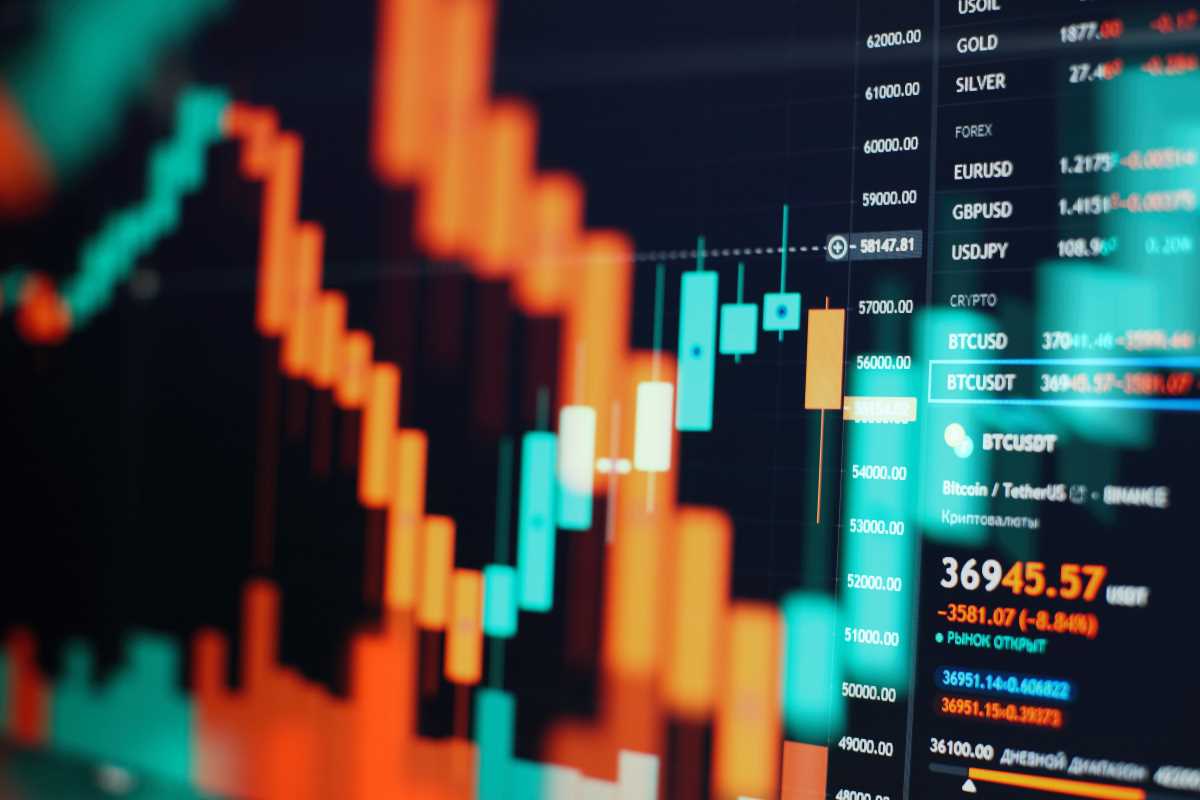Distributed Ledger Technology (DLT) has evolved from a niche innovation to a powerful tool reshaping industries across the globe. In 2025, new advancements and trends are expected to unlock even more potential for this technology. With its ability to create a secure, transparent, and decentralized network, DLT is transforming the way businesses operate and interact with their partners.
1. Advancements in Interoperability
One of the major hurdles for DLT has been the lack of seamless communication between different platforms. Interoperability is stepping into the spotlight with solutions that connect isolated blockchains and ledgers, creating a more cohesive ecosystem. Projects like cross-chain communication protocols and blockchain bridges are gaining traction, offering businesses the flexibility to work across multiple platforms without sacrificing efficiency. By 2025, we can expect significant progress in this area, enabling industries—from finance to logistics—to collaborate and share data with unprecedented ease.
Why It Matters
Interoperability ensures systems can "talk to each other," breaking down silos and fostering innovation. For businesses, this means fewer barriers to adoption and a greater ability to take advantage of the full potential of DLT.
2. AI and DLT Integration
The convergence of Artificial Intelligence (AI) and DLT is poised to change everything. While AI excels at analyzing data and making predictions, DLT ensures that data remains secure, transparent, and auditable. Together, their capabilities complement each other perfectly. By 2025, we’ll see this pairing enhance applications like fraud detection, supply chain optimization, and even predictive maintenance in industries such as manufacturing and healthcare.
Example in Action
Imagine a retail supply chain where AI predicts potential disruptions ahead of time, while DLT ensures the data trail is transparent and trusted. This combination empowers businesses to act faster and with greater confidence.
3. The Rise of Decentralized Identity Solutions
Data privacy and security are hot topics across the globe. Traditional identity systems often rely on centralized databases, leaving sensitive information vulnerable to breaches. Decentralized Identity (DI) solutions, powered by DLT, are emerging as a secure and user-centric alternative. These allow individuals to control their digital identities, sharing only the necessary information while keeping everything else private.
What’s Driving the Shift?
Governments and businesses are beginning to explore DI for applications like secure voting, online banking, and even health records. By 2025, this movement is likely to gain momentum, giving users more autonomy over their personal data while reducing the risks of mass data breaches.
4. Growing Focus on Sustainability
Sustainability is no longer a nice-to-have; it’s a necessity. DLT, often criticized for its high energy consumption (especially in proof-of-work models), is evolving to support more eco-friendly practices. New consensus algorithms like proof-of-stake, as well as green blockchain initiatives, are leading the charge for sustainable DLT. Businesses are also leveraging DLT for environmental monitoring and carbon credit trading, creating transparent systems that foster accountability.
A Greener Future
By incorporating sustainable practices, DLT can lower its own environmental footprint and contribute to meaningful progress in combating climate change. The focus here isn’t just about reputation; it’s about creating long-term, scalable solutions.
In 2025, the trends driving Distributed Ledger Technology will go beyond technical innovation, shaping how businesses and individuals interact. From improving data connectivity through interoperability to ensuring ethical, sustainable practices, DLT will likely touch nearly every corner of our lives.
For businesses, these advancements mean opportunities to enhance efficiency, build trust, and reach new heights of innovation. For society, the promise of secure, transparent, and inclusive systems can redefine what’s possible.
The growth of DLT reflects the broader evolution of technology: one that’s smarter, more connected, and focused on collaboration. It’s an exciting time, and as the trends unfold, the possibilities are endless.
 (Image via
(Image via





